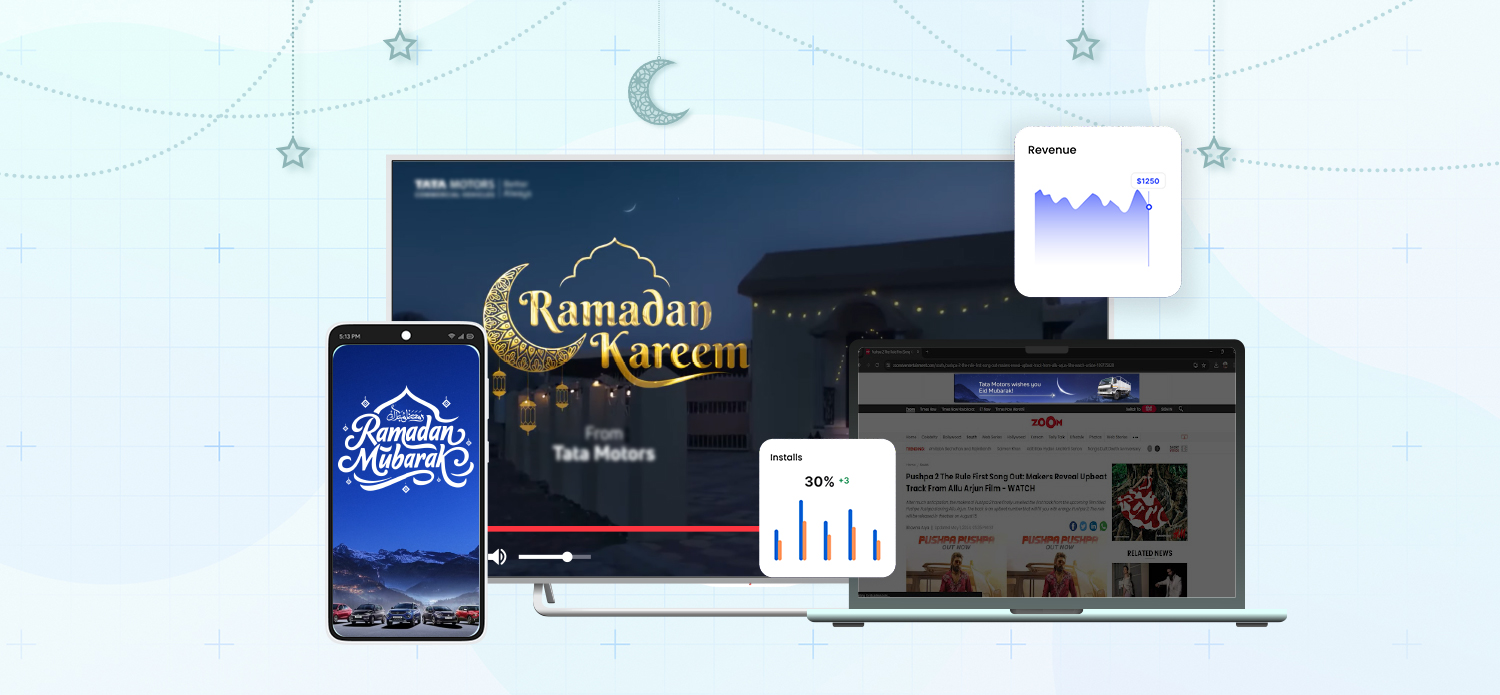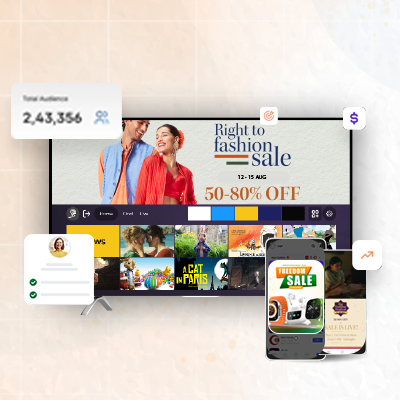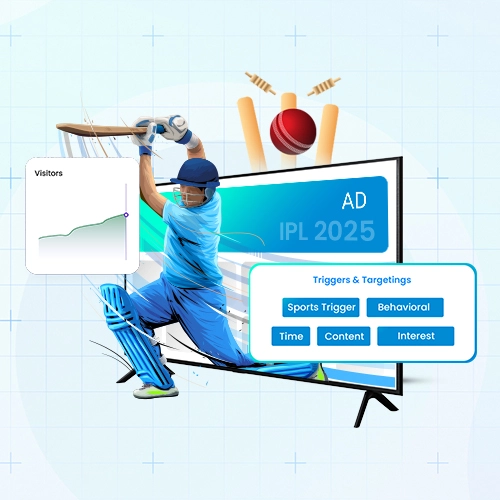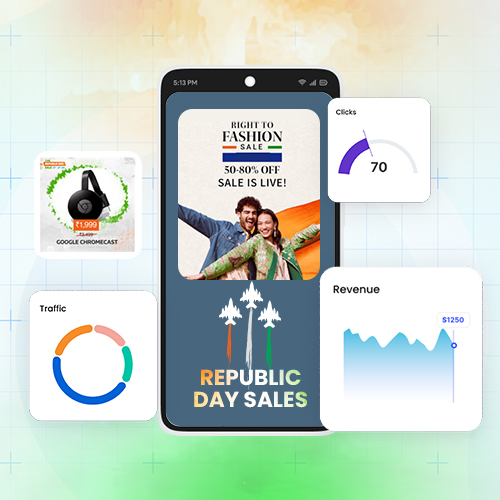Ramadan is a time of shared meals and togetherness, bringing a shift in daily routines, viewing habits and spending dynamics. This month noticeably boosts purchasing power due to an elevated spirit of gift-giving, with families eagerly anticipating increased spending, as Yougov report suggests a 57% increase in FMCG items this season. This presents a golden opportunity for brands to connect with consumers and maximize outcomes by tapping into these sentiments.
Consumer behavior during Ramadan reveals that streaming and video consumption soar, leading brands to substantially increase engagement, particularly during key moments like Suhoor, Iftar, and after Taraweeh prayers. According to the Sapience report, Ramadan experiences a 40% rise in online video consumption and a 60% increase in shopping activities. This indicates a better scope of reaching people via video advertising. Leveraging contextual and sentiment-driven advertising can enhance campaign effectiveness and foster more meaningful engagement with viewers. By placing ads alongside Ramadan-relevant content—such as recipes, charitable stories, and entertainment—brands significantly increase the likelihood of conversion. Implementing double-filter context analysis is essential to avoid sensitive or irrelevant placements, while sentiment analysis refines the messaging tone, adapting between the excitement leading up to Ramadan and the spiritual reflection common in the last ten days of the month.
Streaming consumption sees a remarkable rise, with Google statistics revealing a 2.3 times increase in Ramadan-centric searches compared to other times of the year. This makes it essential for brands to craft targeted campaigns that resonate with consumer interests. Utilizing rich media formats such as interactive video ads and shoppable banners can enhance brand messaging and create memorable experiences. These elements play a pivotal role in shaping a compelling brand persona by adapting messaging based on user interactions, ensuring that communications resonate with the audience’s unique experiences. These strategies seamlessly capture attention and foster a sense of connection, encouraging meaningful interactions with the brand throughout this significant month.
A multipronged advertising approach that combines programmatic buying and contextual placements enables brands to reach their audiences during peak engagement times efficiently. Brands can leverage AI-driven programmatic bidding to secure high-performance ad placements during these prime hours in Ramadan. Additionally, utilizing A/B testing and real-time analytics allows for continuous refinement of messaging, ensuring that it remains relevant and impactful throughout the month. Seamless cross-device integration across CTV, mobile, and social media is crucial for creating a unified brand presence, enriching the overall consumer experience.
For example, during Ramadan, a popular snack brand launches a campaign featuring its favorite Iftar treats. The ads are programmatically placed alongside Ramadan-themed cooking shows and charitable content across platforms. After Eid, the brand continues engagement by promoting healthy snack options for summer gatherings, reinforcing its connection with consumers.
The conclusion of Ramadan doesn’t have to mark the end of consumer engagement; rather, brands can sustain recall well beyond Eid by emphasizing post-Ramadan targeting. Retargeting strategies infused with Ramadan-driven messaging can effectively keep consumers engaged. Insights gained during this season should inform year-round audience strategies, helping brands maintain connections with consumers in the long run.
Written by Sanjeev Bankira, Country Head, Applabs, India & MENA



